804
Contraceptives antiquity: 10 facts
It is believed that the emergence of oral contraceptives has provoked the sexual revolution. Now it is difficult to judge. But it is known that at all times the woman to control the birth rate. The methods by which they did, sometimes were not quite safe. But some of them will cause a smile at the modern woman. For example, in ancient Rome, not to get pregnant, the women danced and wore amulets around his neck. It should be noted that at least some evidence of the effectiveness of any contraceptive method.
All of these methods are considered effective and popular in his time, and to prevent abortion.
10 facts about the most popular contraceptive antiquity here. From pictures to
1. Lemon as a contraceptive.
Use lemon for these purposes is described even in the Talmud, and has long been a popular way for Jewish women. For this purpose, a small sponge wetted with lemon juice and inserted into the vagina. You could even say that it was a double protection. Sponge served as a natural barrier to sperm. Lemon juice has spermicidal properties. There is evidence that the legendary lover Casanova inserted into the vagina his beloved lemon peel for contraceptive purposes.
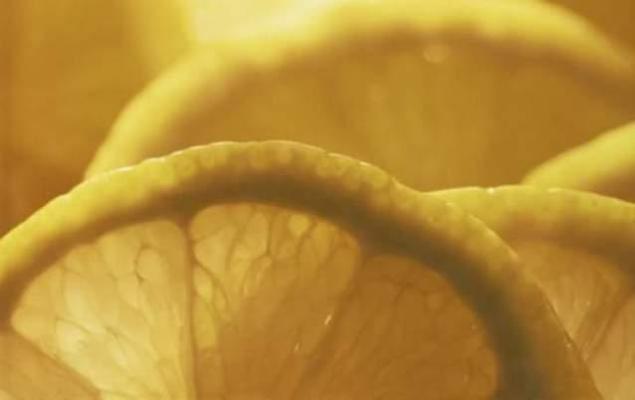
2. Wild carrot.
This plant is also known as "lace Anna." About contraceptive ability of seeds of this plant even Hippocrates wrote almost two tysyachetiletiya ago. But they should take a maximum of eight hours after unprotected sexual intercourse. Later no effect do not give seeds. As a preventive measure, this plant is also not suitable. The maximum that it will cause a small indigestion. This method still associated with risk. There are two deadly poisonous plants that look very similar to wild carrot.
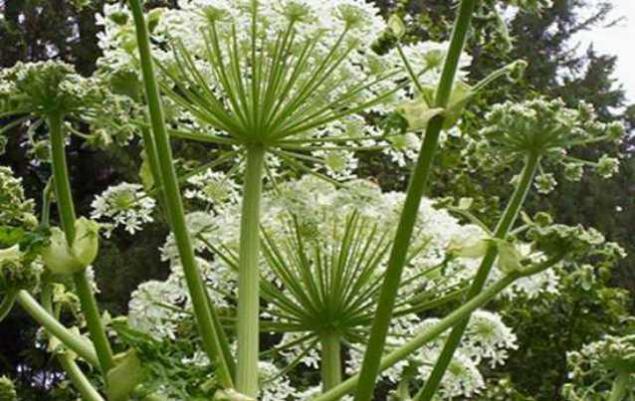
3. Tincture of mint marsh.
In ancient Rome and Greece used this plant as a seasoning for food, in the production of wine. Women drinking tea from the leaves and stems of mint marsh to provoke menstruation or miscarriage in the early stages. Dioskordid famous physician who lived in the first century, a very detailed description of the properties of this plant.
But this method is also not safe. A large number of infusion can cause severe intoxication and death.
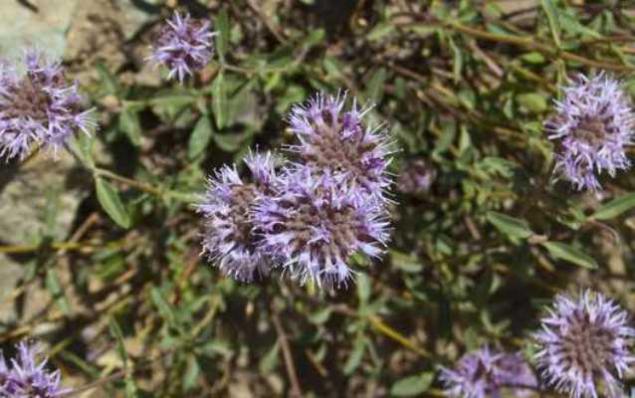
4. Blue cohosh
This rare plant has long been used by Native Americans for abortion. The infusion of blue cohosh is sometimes prescribed and modern gynecologists in the last stages of pregnancy in low tone of the uterus. There are similar in name and properties of black cohosh plant. For the purposes of abortativnyh sometimes used an infusion made from the two plants.
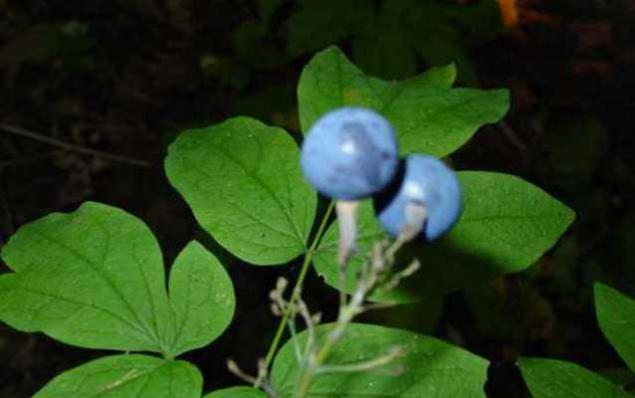
5. Chinese angelica.
A decoction of the roots of this plant has helped women of antiquity at irregular and painful periods. He is well relieves pain and cramps, but in the first weeks of pregnancy caused a miscarriage. The same properties have European and American angelica, but they were not very popular.
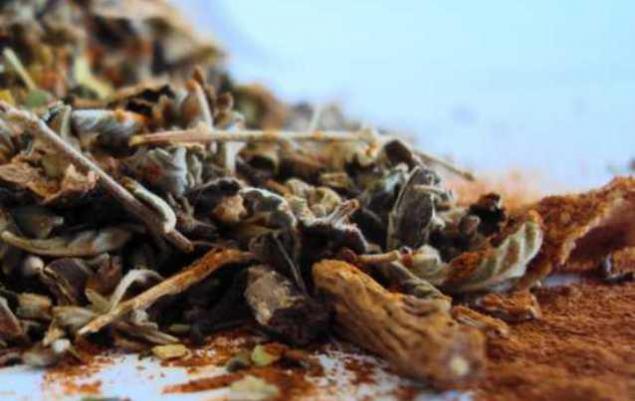
6. Fragrant root.
Favorite ornamental plant of many modern gardeners. Grass has a beautiful blue-green feathery leaves forms and quite frost resistant.
Dried leaves of the plant to taste similar to onions or garlic, and are used in small amounts as a flavoring for food. In the second century Greek physician Soranus noticed and described the powerful abortive properties of this plant. Women in Latin America have used the leaves of rue contraceptive purposes. Strong infusion of leaves used to terminate unwanted pregnancies. With constant use of this herb blood flow to the uterus it becomes very weak, making it impossible to fertilization.
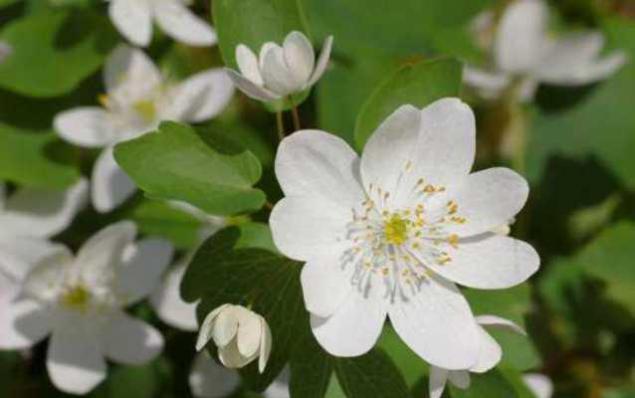
7. Cotton as a contraceptive.
It was found a medical manuscript, dated 1550 BC. The doctor advised her to women to pound into a homogeneous slurry seeds of acacia, dates and honey, apply the mixture to the seed cotton and enter the vagina. It was sort of a barrier contraceptive.
In America, a woman slave chewed the roots of cotton plants for contraceptive purposes. After studying the properties of the roots of cotton, modern doctors have come to the conclusion that they contain substances that suppress the production of progesterone. And without pregnancy impossible.

8.Security contraceptive - papaya.
In some countries, not to get pregnant women eat nedospevshie papaya fruit. Mature fruits have lost their contraceptive properties. Men who ate unripe fruit every day, sperm ceased to be produced. But the advantage of this method was that at the end of the reception of these fruits in men and women with time recovering reproductive function.
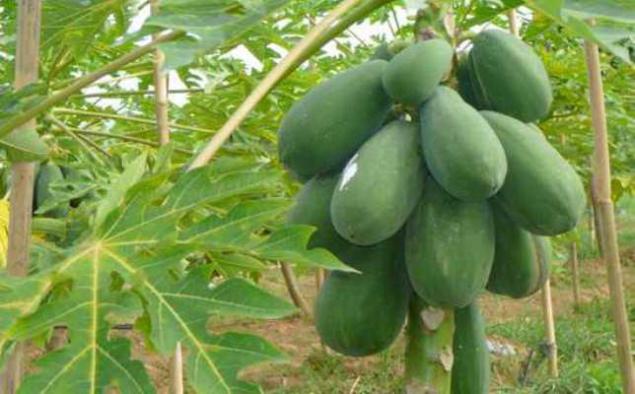
9. sylphs.
A beautiful plant of the family fennel. Grew up on the territory of modern Libya. But this time, completely disappeared from the face of the earth. Contraceptive properties of this plant are described in detail in his writings, the Roman scholar Pliny the Elder. In order to take effect, it was enough to drink the broth just once a month.
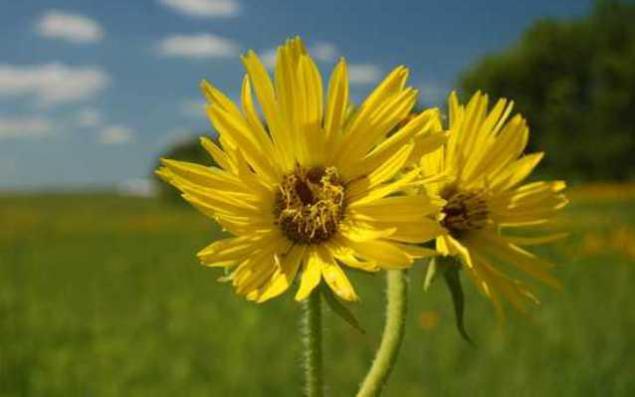
10.Samoe "best" and "reliable" means of mercury.
In ancient times, scientists around the world were simply fascinated by mercury. She was considered a panacea for all possible diseases. She was treated and boils, and sexually transmitted diseases. It is especially recommended that women drink hot mercury contraceptive purposes. Today, everyone knows that mercury is highly toxic element. One can only wonder how such a remedy claimed to the light of human lives.

Source:
All of these methods are considered effective and popular in his time, and to prevent abortion.
10 facts about the most popular contraceptive antiquity here. From pictures to
1. Lemon as a contraceptive.
Use lemon for these purposes is described even in the Talmud, and has long been a popular way for Jewish women. For this purpose, a small sponge wetted with lemon juice and inserted into the vagina. You could even say that it was a double protection. Sponge served as a natural barrier to sperm. Lemon juice has spermicidal properties. There is evidence that the legendary lover Casanova inserted into the vagina his beloved lemon peel for contraceptive purposes.

2. Wild carrot.
This plant is also known as "lace Anna." About contraceptive ability of seeds of this plant even Hippocrates wrote almost two tysyachetiletiya ago. But they should take a maximum of eight hours after unprotected sexual intercourse. Later no effect do not give seeds. As a preventive measure, this plant is also not suitable. The maximum that it will cause a small indigestion. This method still associated with risk. There are two deadly poisonous plants that look very similar to wild carrot.

3. Tincture of mint marsh.
In ancient Rome and Greece used this plant as a seasoning for food, in the production of wine. Women drinking tea from the leaves and stems of mint marsh to provoke menstruation or miscarriage in the early stages. Dioskordid famous physician who lived in the first century, a very detailed description of the properties of this plant.
But this method is also not safe. A large number of infusion can cause severe intoxication and death.

4. Blue cohosh
This rare plant has long been used by Native Americans for abortion. The infusion of blue cohosh is sometimes prescribed and modern gynecologists in the last stages of pregnancy in low tone of the uterus. There are similar in name and properties of black cohosh plant. For the purposes of abortativnyh sometimes used an infusion made from the two plants.

5. Chinese angelica.
A decoction of the roots of this plant has helped women of antiquity at irregular and painful periods. He is well relieves pain and cramps, but in the first weeks of pregnancy caused a miscarriage. The same properties have European and American angelica, but they were not very popular.

6. Fragrant root.
Favorite ornamental plant of many modern gardeners. Grass has a beautiful blue-green feathery leaves forms and quite frost resistant.
Dried leaves of the plant to taste similar to onions or garlic, and are used in small amounts as a flavoring for food. In the second century Greek physician Soranus noticed and described the powerful abortive properties of this plant. Women in Latin America have used the leaves of rue contraceptive purposes. Strong infusion of leaves used to terminate unwanted pregnancies. With constant use of this herb blood flow to the uterus it becomes very weak, making it impossible to fertilization.

7. Cotton as a contraceptive.
It was found a medical manuscript, dated 1550 BC. The doctor advised her to women to pound into a homogeneous slurry seeds of acacia, dates and honey, apply the mixture to the seed cotton and enter the vagina. It was sort of a barrier contraceptive.
In America, a woman slave chewed the roots of cotton plants for contraceptive purposes. After studying the properties of the roots of cotton, modern doctors have come to the conclusion that they contain substances that suppress the production of progesterone. And without pregnancy impossible.

8.Security contraceptive - papaya.
In some countries, not to get pregnant women eat nedospevshie papaya fruit. Mature fruits have lost their contraceptive properties. Men who ate unripe fruit every day, sperm ceased to be produced. But the advantage of this method was that at the end of the reception of these fruits in men and women with time recovering reproductive function.

9. sylphs.
A beautiful plant of the family fennel. Grew up on the territory of modern Libya. But this time, completely disappeared from the face of the earth. Contraceptive properties of this plant are described in detail in his writings, the Roman scholar Pliny the Elder. In order to take effect, it was enough to drink the broth just once a month.

10.Samoe "best" and "reliable" means of mercury.
In ancient times, scientists around the world were simply fascinated by mercury. She was considered a panacea for all possible diseases. She was treated and boils, and sexually transmitted diseases. It is especially recommended that women drink hot mercury contraceptive purposes. Today, everyone knows that mercury is highly toxic element. One can only wonder how such a remedy claimed to the light of human lives.

Source:























